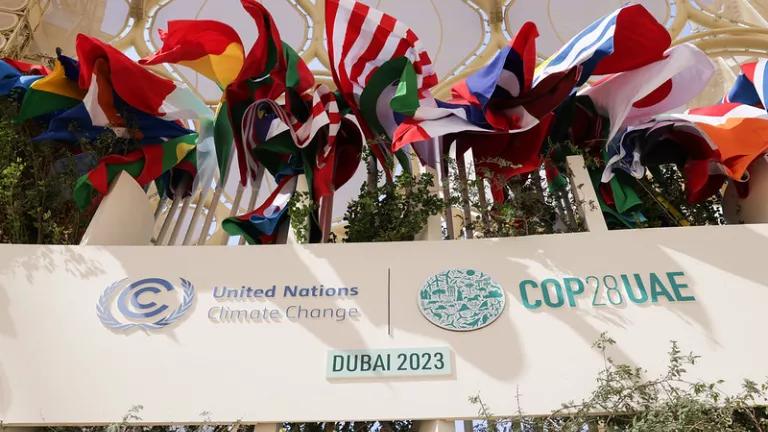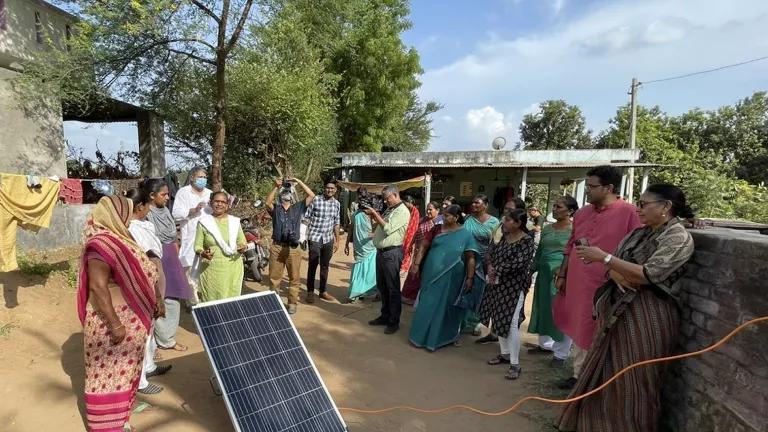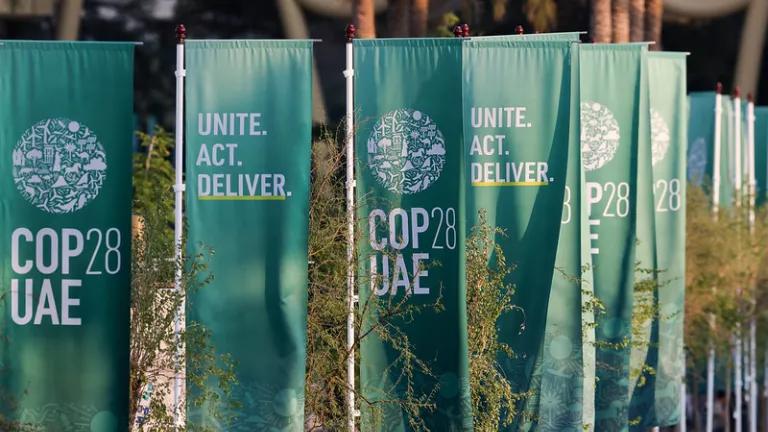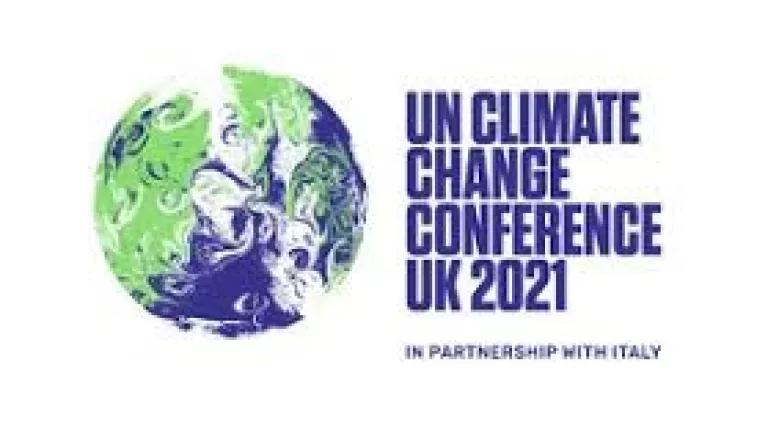
Guest Blog by Poonam Sandhu and John Dulac
Climate finance will be one of the four major topics at the upcoming UN Conference of Parties (COP26). Emerging economies and countries most vulnerable to climate change especially need financial support from developed economies to achieve their Nationally Determined Contributions (NDCs) under the Paris Agreement. The Government of India estimates that the country needs investment of $250 billion between 2023 to 2030, or roughly $35 billion per year, to reach its 450 gigawatt (GW) renewable energy target. However, the present clean energy funding is about $14 billion per year—only a fraction of that required amount. In addition, many clean energy sub-segments in India have difficulty even accessing finance.
While more established clean energy segments, such as utility scale solar and wind energy, have made their business cases in India and have gained access to mainstream financing over the last decade, other clean energy solutions still struggle. For example, small bioenergy and energy efficiency projects often do not have the scale or demonstrated business model to attract private investment. Enabling these opportunities and a post-COVID-19 sustainable recovery fundamentally requires shifting current investments and commercial capital from ‘brown’ to ‘green’ projects. This transition requires a more targeted application of public finance and additional support mechanisms to increase the pipeline of bankable clean energy projects, augment investor opportunities and attract more private sector finance.
India Needs a Clean Energy Finance and Investment Roadmap

Concerted efforts to support growth in sustainable financing are imperative given the massive gap in available finance for India’s clean energy transition. NRDC and the Organization for Economic Co-operation and Development (OECD)’s Clean Energy Finance and Investment Mobilisation (CEFIM) programme have partnered to develop solutions for clean energy segments that require tailored support to unlock investments. A Clean Energy Finance and Investment Roadmap for India, which will be developed over the coming year, will be steered by an inter-ministerial group including the Ministry of New and Renewable Energy, Ministry of Power, and the Ministry of Finance. At the working level, representatives of organisations that come under the ambit of these ministries, such as Indian Renewable Energy Development Agency and the Bureau of Energy Efficiency, will provide regular inputs.
The Clean Energy Finance and Investment Roadmap will:
- identify clean energy segments that need additional support,
- identify and assess major barriers impacting access to finance,
- work with stakeholders to develop financial tools and business models tailored to market needs,
- recommend supportive policies to overcome barriers, and
- evaluate the need for additional investment vehicles to scale domestic and international investments.
The project will work to maximise stakeholder participation in developing strategies and in building consensus for successful implementation of the proposed solutions. In keeping with this approach, CEFIM and NRDC have already held wide-ranging stakeholder consultations that helped identify critical market segments in need of financial support, such as distributed renewable energy and energy efficiency in small and medium enterprises, amongst others. From the list of critical segments identified, two to three segments where the Roadmap process can make the most significant contributions will be shortlisted with the Steering Committee for a deep-dive under the project. Criteria for shortlisting the segments will include Indian stakeholder priorities, scalability, impact on greenhouse gas emissions, and impact on socio-economic issues such as poverty alleviation and equity. CEFIM and NRDC will then conduct workshops with experts and key stakeholders to identify barriers, develop solutions, and propose action plans to address challenges in the shortlisted clean energy segments. These implementable solutions will help to propel the lagging clean energy segments and enhance their access to finance, while greening the economy and creating jobs.
The Roadmap emphasizes stakeholder participation in developing solutions and consensus building for successful implementation. CEFIM and NRDC will facilitate international investor dialogues with the aim to get investor feedback on stakeholder driven solutions. The feedback will be incorporated into policy recommendations for the government.
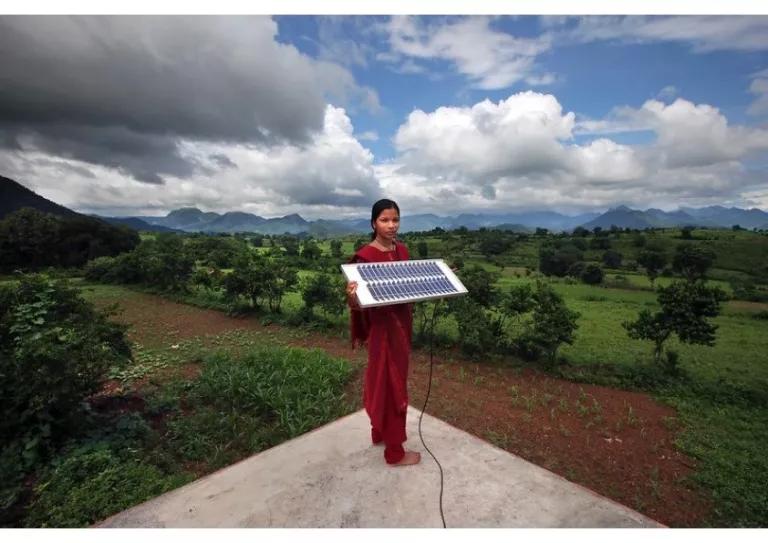
Economic Growth Must Address the Climate Crisis
The world is rushing to a 1.5 oC rise in temperature by 2040, 60 years earlier than previous estimates. Aligning the COVID-19 economic recovery in India with the clean energy transition is essential to spur green economic growth. This is not only beneficial for the environment, but is an economic multiplier through the development of clean energy infrastructure and creation of jobs. For example, clean energy jobs can quickly put people back to work while underscoring India’s sustainable development. As a country extremely vulnerable to the effects of climate change, India can address climate and economic ambitions simultaneously by aligning green investments with economic recovery.
Poonam Sandhu is a Clean Energy and Finance Expert working as a consultant with NRDC
John Dulac is a Clean Energy Finance Analyst with the CEFIM Programme, OECD


